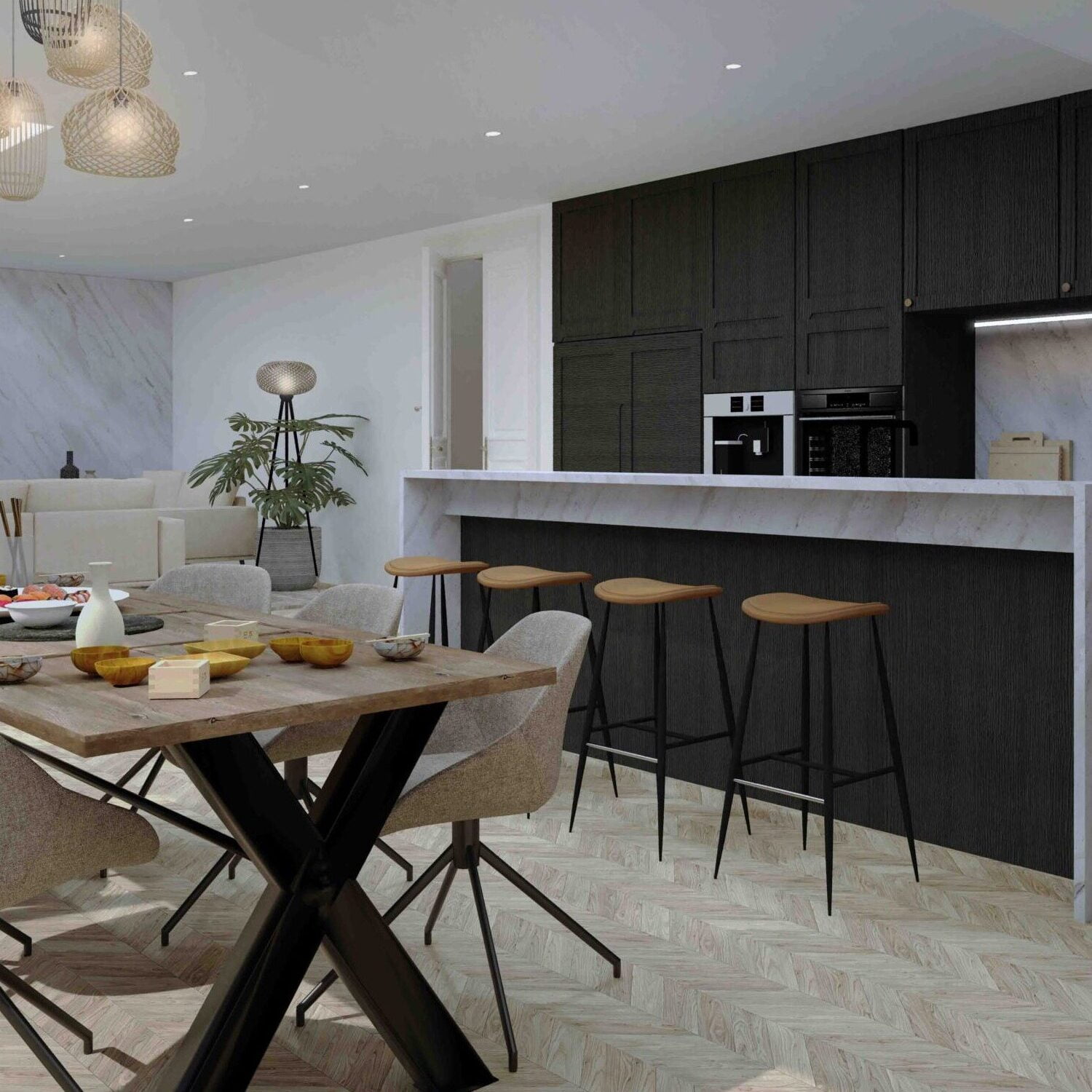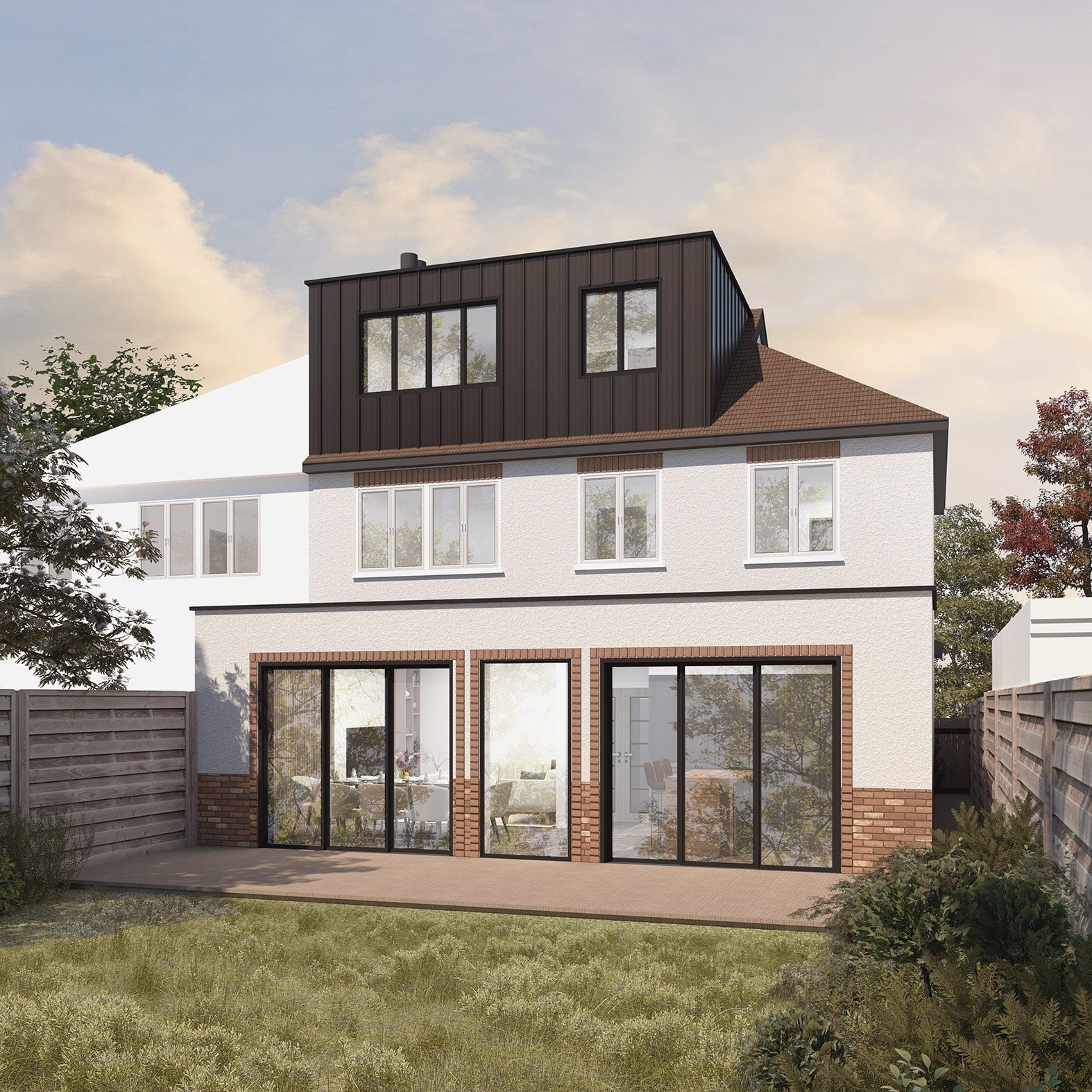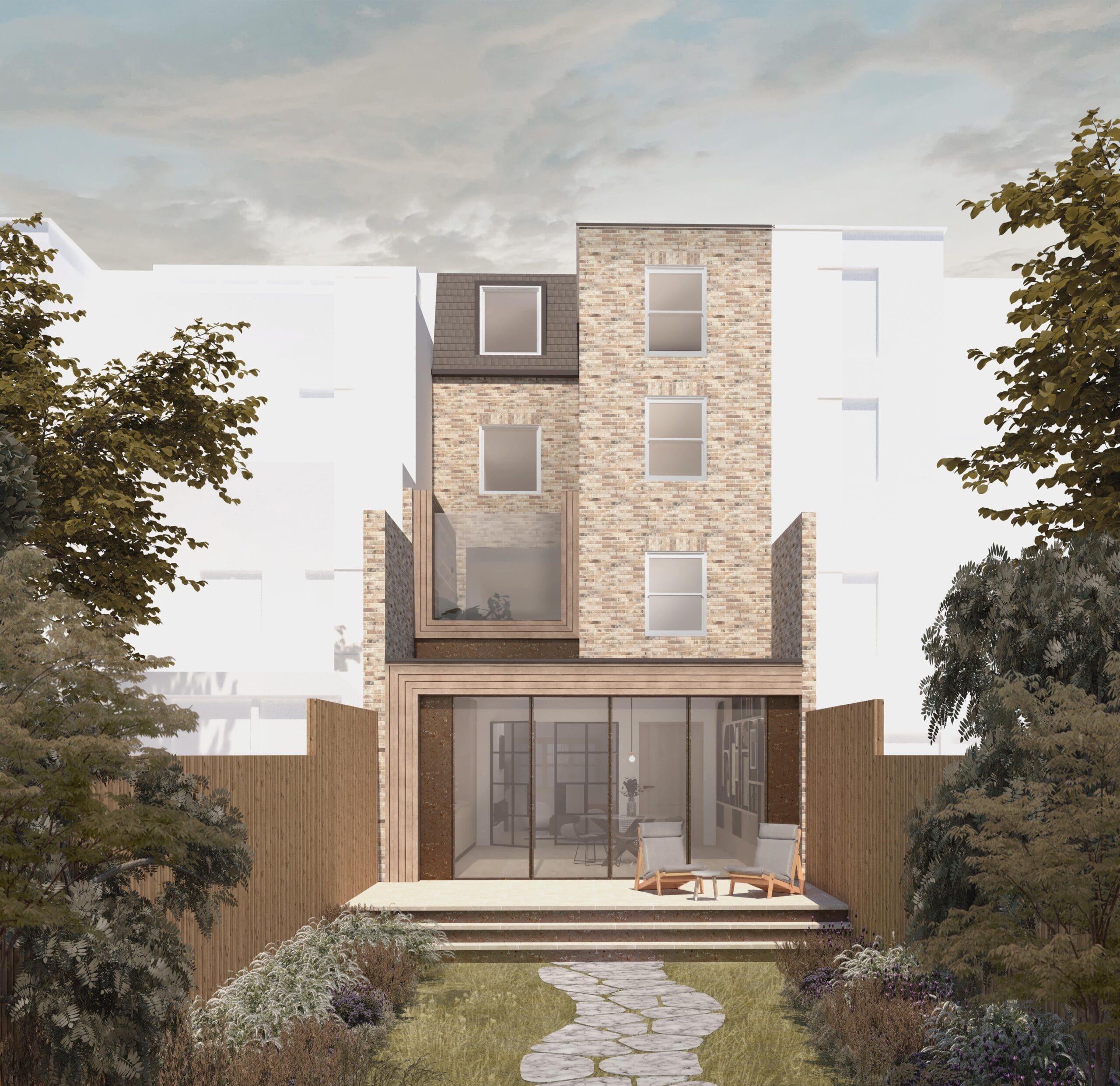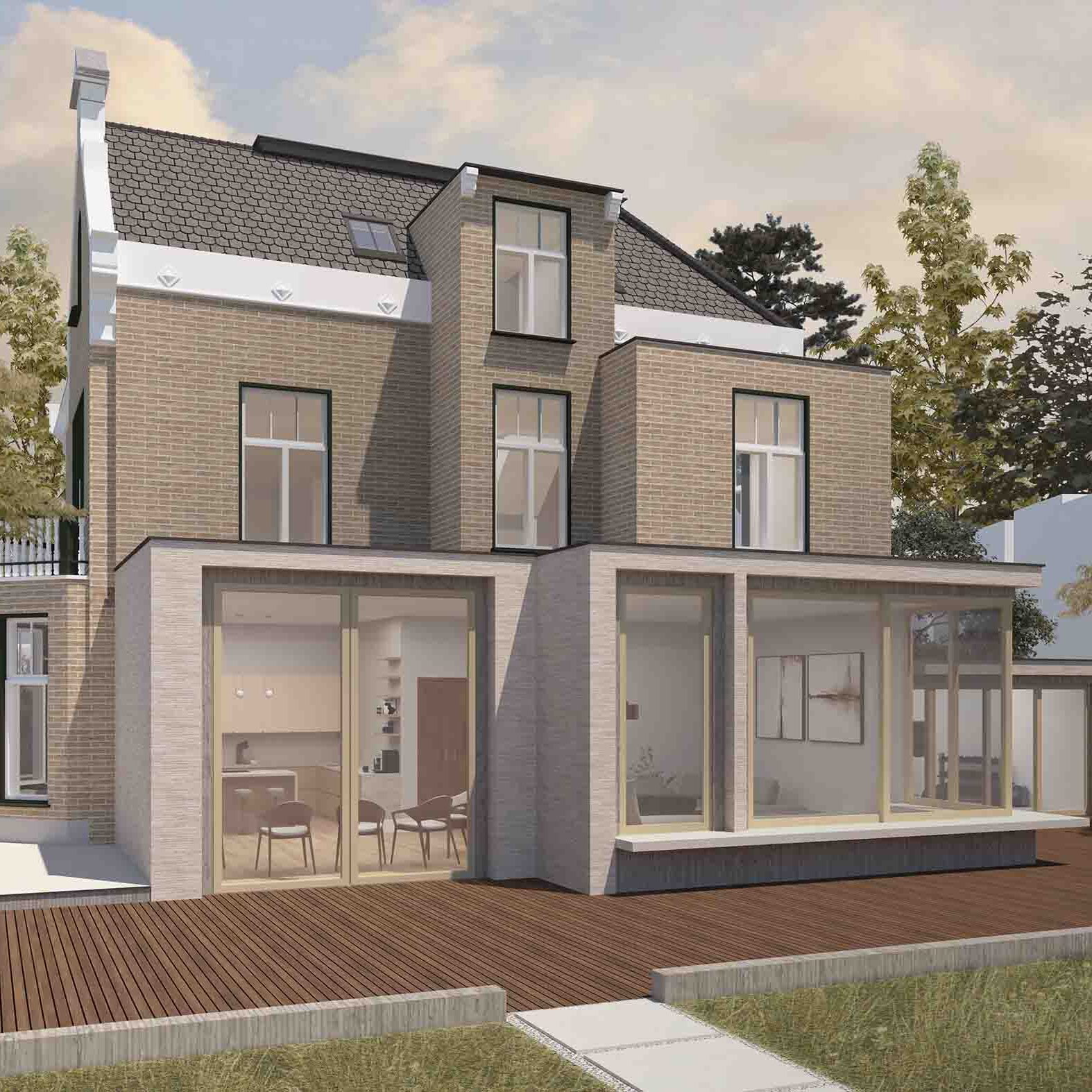How Much Does a Side Return Extension Cost?
When it comes to maximising your home’s potential, few renovations are as effective as a side return extension. If you have an unused alleyway adjacent to your property, this type of extension can transform that dead space into valuable living area, whether you’re looking to create an open-plan kitchen, a cosy dining nook, or even a study. But before you dive into your exciting home project, it’s crucial to understand how much a side return extension will cost and what factors can influence the overall budget.
In This Article
1. What Is a Side Return Extension?
2. Average Costs of a Side Return Extension
3. Factors Influencing the Cost of a Side Return Extension
4. Side Return Extension Cost
5. Planning and Legal Considerations
6. Financing Your Side Return Extension Cost
7. Tips for Saving Money on Your Extension
8. Is a Side Return Extension Worth the Investment?
9. Final Thoughts & Next Steps
What Is a Side Return Extension?
A side return extension refers to the addition of space to the side of your property, typically filling in the gap between your house and your boundary. This is particularly common in Victorian homes and Edwardian homes, where narrow alleyways often exist between properties. Unlike other types of house extensions, a side return allows you to expand without encroaching on your garden, making it an attractive option for homeowners who wish to retain outdoor space while increasing the interior area.
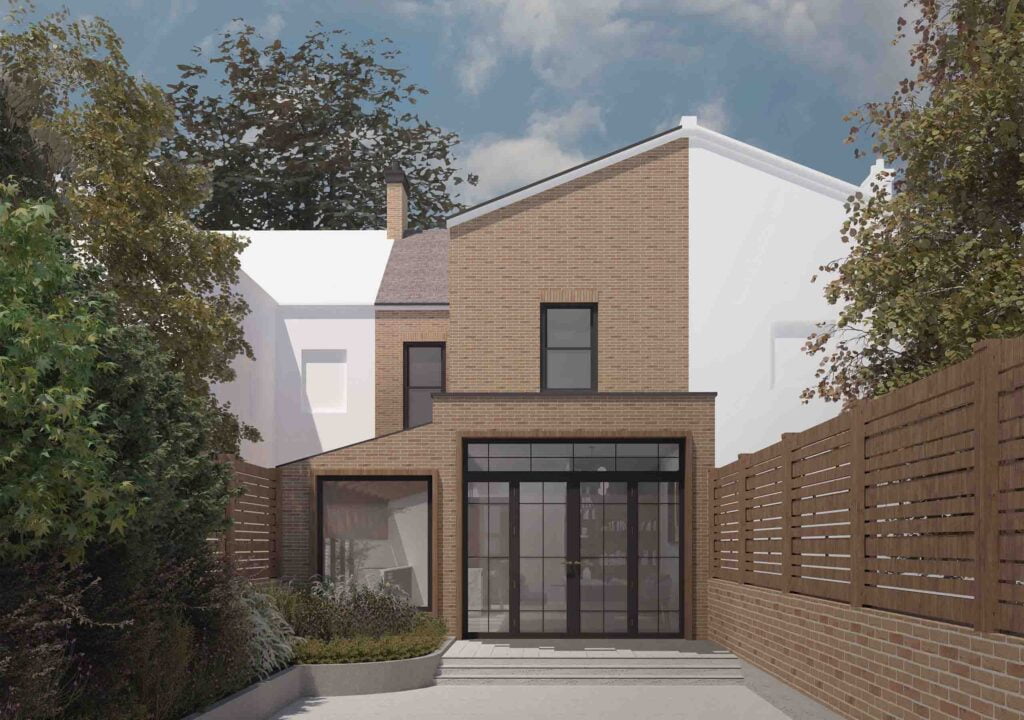
Pitched Roof Kitchen Extension London – Walnut House
Average Costs of a Side Return Extension
While it’s difficult to provide an exact figure for the cost of a side return extension due to the variety of factors at play, here are some average shell-cost estimates based on different configurations and locations:
Single-storey Side Return Extension (Approx. £90,000 – £120,000)
A single-storey extension is the most common choice, providing additional space on one level. Typically measuring around 3m x 5m, this extension allows for a seamless transition from your existing living area.
Double-storey Side Return Extension (Approx. £150,000 – £200,000)
This option is perfect for maximising space across two levels. A double-storey extension usually measures about 2m wide x 7m deep, providing ample room for additional bedrooms or a spacious bathroom.
Side Return Kitchen Extension (Approx. £90,000 – £120,000)
Specifically designed to enhance kitchen space, a side return kitchen extension focuses on creating an open-plan layout, ideal for modern living.
Glass Side Return Extension (Approx. £80,000 – £140,000)
Incorporating large glass panels, this extension floods the interior with natural light while maintaining a modern aesthetic.
Side Return Extension for Victorian Terrace (Approx. £90,000 – £120,000)
These extensions are especially popular among homeowners in Victorian terraced houses, turning narrow alleyways into functional living spaces.

Side Return & Wraparound Extension – Walnut House
Factors Influencing the Cost of a Side Return Extension
The cost of a side return extension can vary significantly based on a range of factors. Here are some key elements to consider:
- Size of the Extension
The larger the extension, the higher the house extension costs will be. Each additional square metre requires more materials and labour. - Design Complexity
If your extension involves intricate design features, such as bespoke cabinetry or unusual roof shapes, this will naturally drive up costs. - Location
Costs will differ based on where you live. In London, for instance, you can expect to pay a premium due to higher logistical issues, labour costs and stricter regulations. - Materials Used
High-end finishes and materials can significantly increase your budget. Consider whether you want to invest in luxury fixtures or opt for more economical alternatives. - Professional Fees
Hiring an architectural team, structural engineers, and a builder all come with their own costs. It’s essential to factor these into your overall budget.
Try our Extension Cost Calculator for a free initial estimate bespoke to your project!

Minimalistic Double Storey Side Return Extension – Copper House
Breakdown of Side Return Extension Cost
To give you a clearer picture, here’s a breakdown of where your money might go during a side return extension project:
- Architectural Fees (5-15% of construction costs): Engaging a specialist team can help you maximise the design potential of your space.
- Building Materials (25% of the budget): This includes bricks, roofing materials, windows, and other essential components.
- Construction Labour (55% of the budget): Skilled tradesmen will be needed to carry out the build.
- Party Wall Agreements: This can cost anywhere from £500 – £1,500 per adjoining neighbour when required.
- Structural Engineers: Their expertise is essential to ensure safety and compliance with regulations.
- Fittings and Fixtures : This includes kitchen units, bathroom fittings, and other essential features.
- Glazing : Particularly important if you opt for a glass extension.
- Contingency Costs (+10% of the total budget): Always set aside a portion for unexpected expenses.
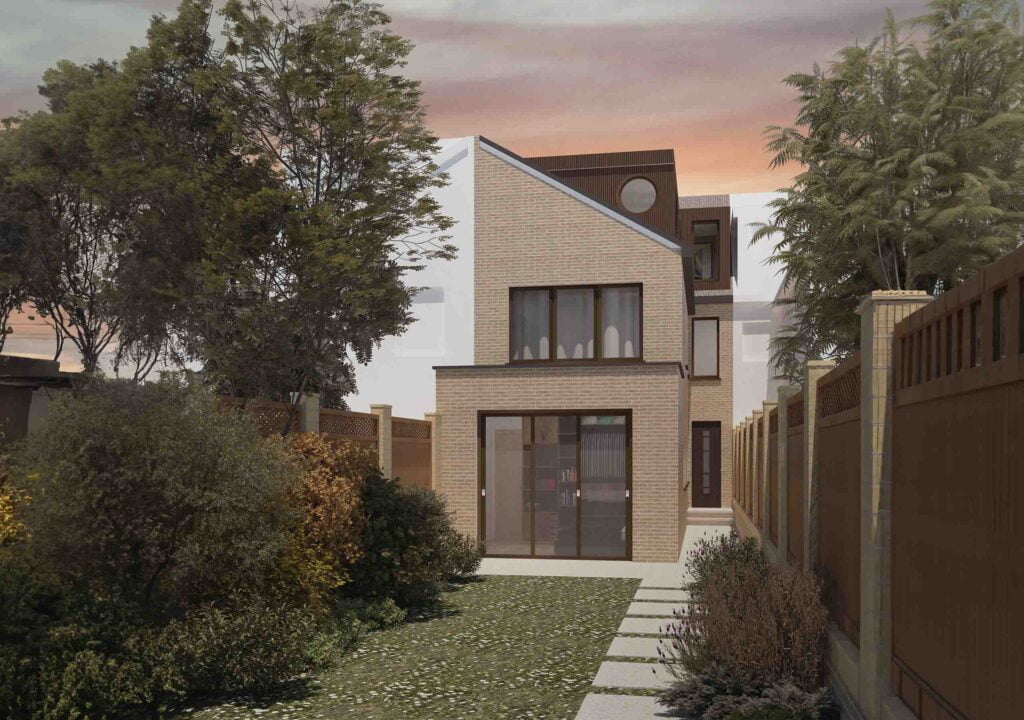
Permitted Development Extensions & Loft Conversion – Petite House
Planning and Legal Considerations
Before embarking on your side return extension journey, it’s essential to consider the planning permission and legal implications. While many side return extensions fall under permitted development rights, some may require full planning permission, especially if they’re in conservation areas or have specific height restrictions.
Permitted Development
Generally, side return extensions can be built without full planning permission as long as they adhere to specific guidelines called permitted development rights. These home extension rules include not exceeding 3m in height (flat roof) and not extending more than 50% of the original width of the house.
Planning Permission
If your project does not meet the criteria for permitted development, you will need to submit a planning application. This process usually takes around 8-12 weeks and costs between £200-£500, depending on your local council.
Building Regulations
All construction work must comply with building regulations, ensuring safety and structural integrity. You will need building control inspections at various stages, which typically cost around £400-£1,400.
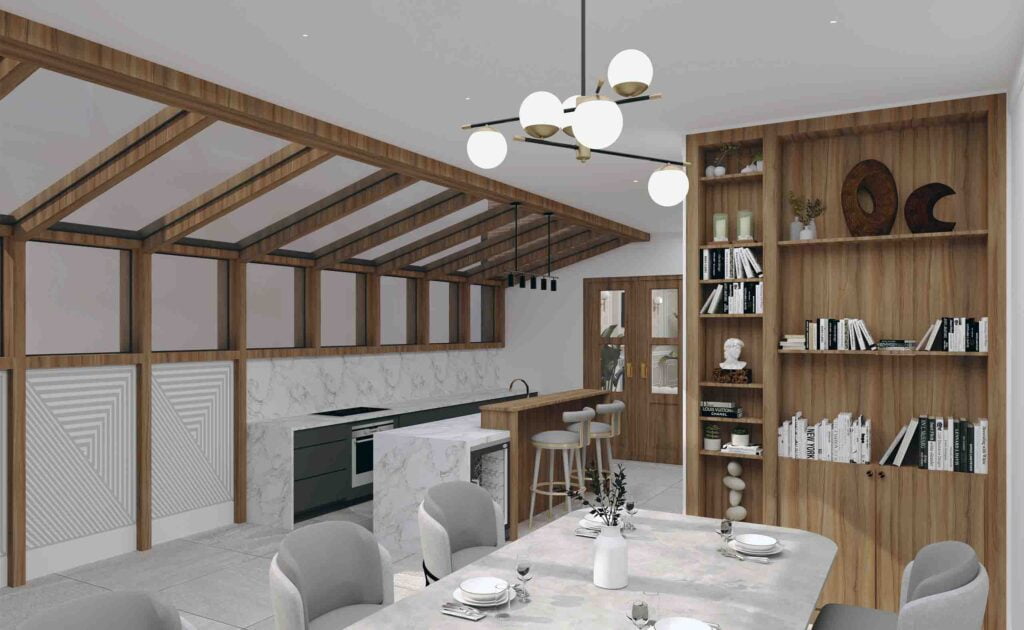
Internal Renovation & Kitchen Extension – Walnut House
Financing Your Side Return Extension Cost
The cost of a side return extension can be substantial, but several financing options are available to help manage your budget:
- Remortgaging
If you have built up equity in your home, remortgaging can provide the funds needed for your extension. - Home Improvement Loans
Many lenders offer loans specifically for home renovations, although interest rates may vary. - Personal Savings
If you have savings set aside, using them can help you avoid taking on additional debt.
Tips for Saving Money on Your Extension
If you’re working with a tight budget, there are ways to save without compromising on quality:
Simpler Design
Going for a more straightforward design & finishing materials for your extension can significantly reduce costs.
Standard Materials
Using off-the-shelf materials rather than bespoke items can also help keep expenses down.
DIY Elements
If you have some handy skills, consider tackling minor tasks yourself, such as painting or landscaping.
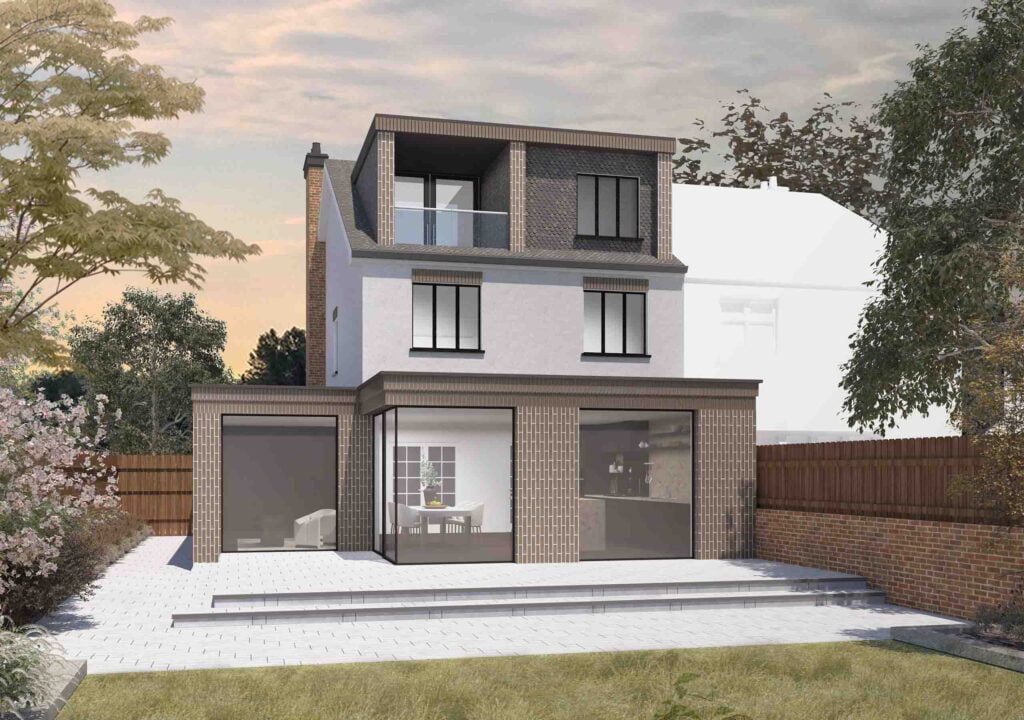
Ground Floor Extension & Loft Conversion with Dormer – Ribbon House
Is a Side Return Extension Worth the Investment?
Ultimately, a side return extension can be a valuable investment for your home. According to research from CheckATrade, a well-executed single storey extension can add between 5-8% to your property’s value. In areas like London and Surrey, where space is at a premium, this added value can be even more, and represent a significant return. To maximise this, it is important to work with an innovative team like us who can introduce trending or unique ideas that will help maximise the value-added.
Moreover, the additional living space can enhance your quality of life, providing room for family gatherings, a home office, or a play area for children. If you plan to stay in your home long-term, a side return extension can help you make the most of your investment specifically for your lifestyle!
Final Thoughts & Next Steps
A side return extension can breathe new life into your home, transforming unused alley space into functional living areas. While the costs can vary significantly based on several factors, understanding these elements will help you budget effectively and make informed decisions.
If you’re considering a side return extension in London or Surrey, DeVis Architecture is here to guide you through every step of the process. With our expertise, we can help you maximise your property’s potential while keeping your budget in check. Get in touch today to start planning your dream extension!

